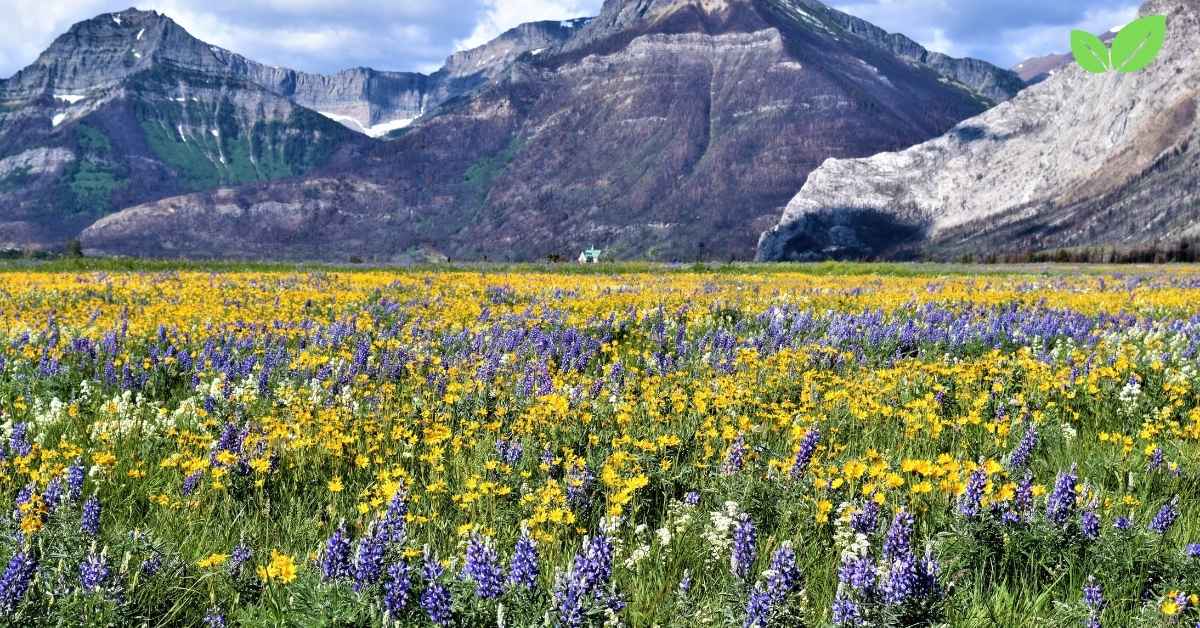Introduction
A wildflower field is one of nature’s most captivating landscapes, often bursting with vibrant colors and diverse plant life. These fields are not only visually stunning but also serve a vital role in the environment, supporting a wide range of species, including pollinators, birds, and other wildlife. Wildflower fields represent a critical component of many ecosystems, contributing to biodiversity, soil health, and ecological balance. This article explores the environmental niche of wildflower fields, delving into their ecological roles, the species they support, their importance in conservation, and the environmental challenges they face.
What Is a Wildflower Field?
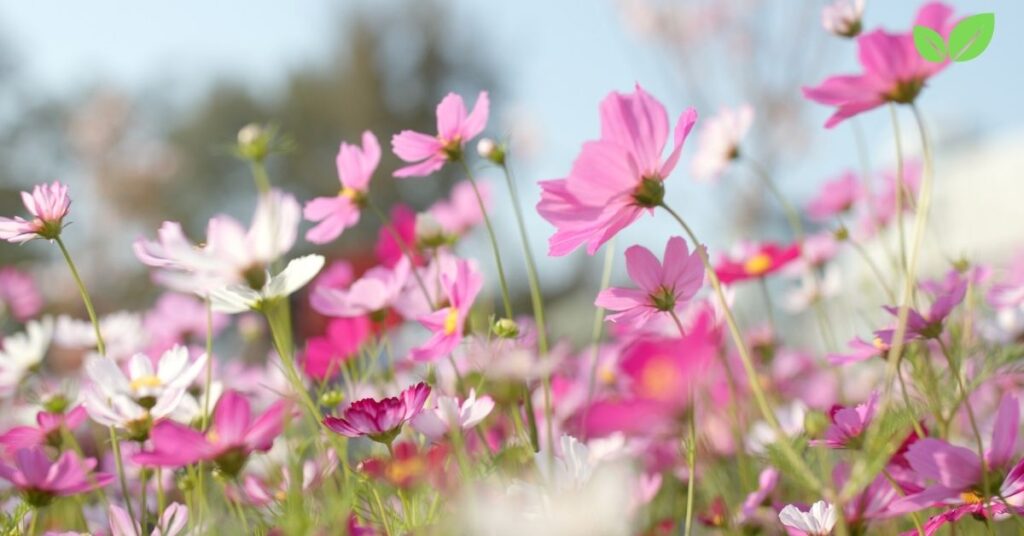
Defining a Wildflower Field
A wildflower field is an area dominated by a mix of native and non-native flowering plants that grow naturally without intensive human cultivation. These fields can occur in various environments, including grasslands, prairies, meadows, and even disturbed areas that have been left to regenerate over time. Wildflower fields are often characterized by a seasonal succession of blooming flowers, providing an ever-changing palette of colors and shapes throughout the year.
Wildflower fields are not uniform in their composition; the types of wildflowers present can vary dramatically depending on the region, soil type, and climate. These fields are often rich in native plant species that are well-adapted to local conditions and provide critical ecosystem services, such as pollination and erosion control.
Types of Wildflower Fields
There are several different types of wildflower fields, each with its own unique environmental characteristics:
- Prairie wildflower fields: Found primarily in the Midwest and Great Plains regions, these fields are dominated by tall grasses and a diverse array of wildflowers, such as coneflowers, black-eyed Susans, and milkweed.
- Alpine wildflower meadows: Located in high-altitude regions, alpine meadows host hardy wildflowers that bloom during the short summer season, including species like alpine forget-me-not and glacier lilies.
- Coastal wildflower fields: In coastal regions, wildflower fields are often influenced by salt spray and sandy soils, leading to the growth of salt-tolerant species such as sea lavender and beach pea.
- Forest-edge wildflower fields: These fields occur at the edges of forests and woodlands, where sunlight filters through the trees, allowing wildflowers like trillium and columbine to thrive.
Each type of wildflower field provides its own set of environmental benefits, supporting a variety of plant and animal species that are adapted to these unique habitats.
The Ecological Role of Wildflower Fields

Supporting Biodiversity
One of the most critical roles of wildflower fields is their contribution to biodiversity. Wildflower fields provide habitat and food for a wide range of species, from insects to birds to small mammals. By offering a diverse mix of plant species, these fields support complex food webs, helping to sustain healthy ecosystems.
Wildflowers attract pollinators such as bees, butterflies, and hummingbirds, which rely on the nectar and pollen provided by these plants. In turn, these pollinators play a vital role in the reproductive cycles of flowering plants, facilitating cross-pollination and contributing to plant diversity. The rich diversity of these fields ensures that a wide range of pollinator species can find the food and habitat they need, helping to maintain stable populations of these critical insects.
Additionally, wildflower fields support various herbivores, including caterpillars, deer, and rabbits, which feed on the flowers and foliage. Predators such as birds of prey, foxes, and snakes are also attracted to these fields due to the abundance of prey species. This diverse community of species creates a balanced ecosystem in which all organisms contribute to maintaining ecological stability.
Soil Health and Erosion Control
Wildflower fields play a crucial role in soil health by enhancing the structure and fertility of the soil. The roots of wildflowers, particularly deep-rooted species, help to aerate the soil, improving water infiltration and preventing soil compaction. This process promotes healthy soil microbiomes, which are essential for nutrient cycling and plant growth.
In addition to improving soil structure, wildflower fields help prevent erosion. The extensive root systems of wildflowers hold the soil in place, reducing the risk of erosion caused by wind and water. This is particularly important in areas with loose or sandy soils, where erosion can lead to the loss of valuable topsoil and negatively impact nearby ecosystems.
The presence of wildflower fields in agricultural areas or near waterways is especially beneficial, as these fields can act as natural buffers, filtering runoff and preventing the leaching of nutrients and pollutants into nearby rivers and streams.
Wildflower Fields and Pollinators

The Importance of Pollinators
Pollinators are essential for the health and survival of many plant species, including those found in wildflower fields. Bees, butterflies, beetles, and other insects, as well as birds like hummingbirds, are responsible for transferring pollen between flowers, allowing plants to reproduce and produce seeds. Without pollinators, many wildflower species would struggle to survive, and the ecosystems that depend on them would face significant challenges.
Wildflower fields provide an essential food source for pollinators, particularly during the spring and summer when flowers are in full bloom. The nectar produced by wildflowers offers pollinators the energy they need to carry out their daily activities, while the pollen provides essential proteins for their reproduction and growth.
Wildflower Fields as Pollinator Habitats
Wildflower fields are not only important as food sources for pollinators but also as habitats where they can thrive. Pollinators need shelter, nesting sites, and areas free from pesticides to support their life cycles. Wildflower fields offer a safe environment for these creatures, with a mix of plant species that cater to the needs of different pollinator species.
For example, some of these species, such as milkweed, are critical for the survival of monarch butterflies. Monarch caterpillars feed exclusively on milkweed, making wildflower fields that contain this plant an essential habitat for monarch reproduction. Similarly, bumblebees and solitary bees often nest in the ground or in hollow stems of wildflowers, using these fields as a refuge from predators and environmental stressors.
The decline in pollinator populations worldwide has led to increased efforts to conserve wildflower fields and other pollinator-friendly habitats. Restoring and protecting these fields is a key strategy in supporting pollinator populations and ensuring the health of ecosystems that rely on pollination.
Wildflower Fields in Conservation and Restoration
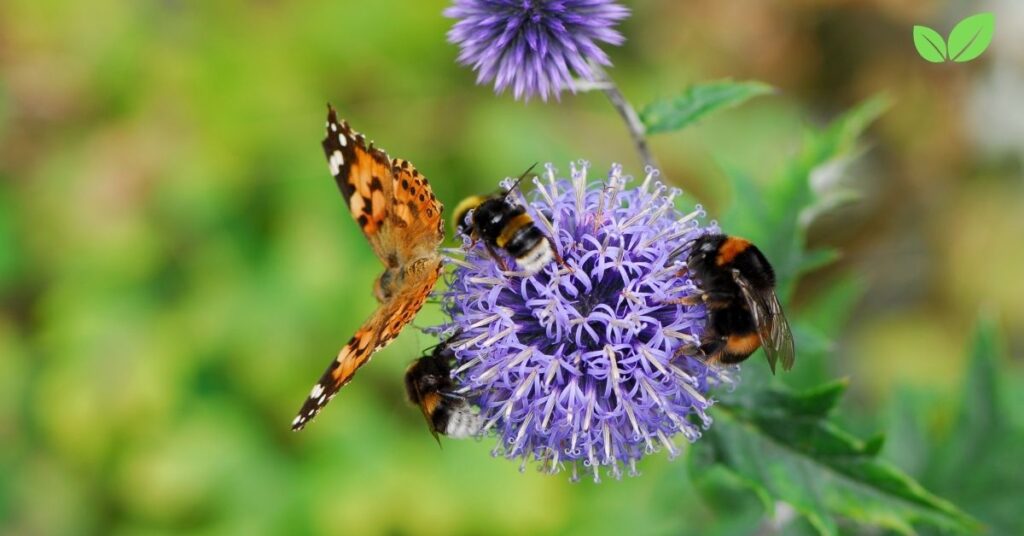
Wildflower Fields in Ecological Restoration
Wildflower fields are commonly used in ecological restoration projects to rehabilitate degraded landscapes. Areas that have been disturbed by human activity, such as abandoned farmland, construction sites, or areas affected by natural disasters, can benefit from the introduction of native wildflowers. By planting wildflowers, conservationists can jumpstart the recovery process, encouraging biodiversity and stabilizing the soil.
One of the key benefits of using wildflowers in restoration projects is their ability to thrive in poor soil conditions. Many wildflower species are adapted to grow in nutrient-poor or disturbed soils, making them ideal candidates for restoring ecosystems that have been heavily impacted by erosion, pollution, or overgrazing. Once established, them can help create a stable foundation for other native plants to take root, leading to the gradual recovery of the ecosystem.
In addition to their role in restoring vegetation, these fields also attract pollinators and other wildlife, helping to rebuild the ecological networks that were lost when the land was degraded. Over time, these fields can transition into more complex ecosystems, such as prairies, meadows, or forests, depending on the region and the restoration goals.
The Role of Wildflower Fields in Conservation
They are increasingly recognized as critical habitats for conserving biodiversity. These fields support not only plant diversity but also a wide range of animal species, making them essential for preserving the natural balance of ecosystems. Conservation organizations and governments are now actively working to protect and restore them as part of broader efforts to combat habitat loss and the decline of native species.
One of the main conservation challenges is the due to agricultural expansion, urbanization, and land development. As more land is converted to other uses, the natural habitats that once supported wildflower fields and their associated species are disappearing. Protecting existing wildflower fields and creating new ones through restoration efforts is vital for maintaining biodiversity and preventing the extinction of species that rely on these habitats.
Many countries and regions have established programs to encourage the planting and protection of these fields. For example, the Pollinator Partnership in the United States promotes the creation of pollinator-friendly habitats, including wildflower fields, to support the health of pollinators and other wildlife. Similar initiatives are underway in Europe and other parts of the world, emphasizing the importance of wildflower fields in global conservation efforts.
Environmental Benefits of Wildflower Fields
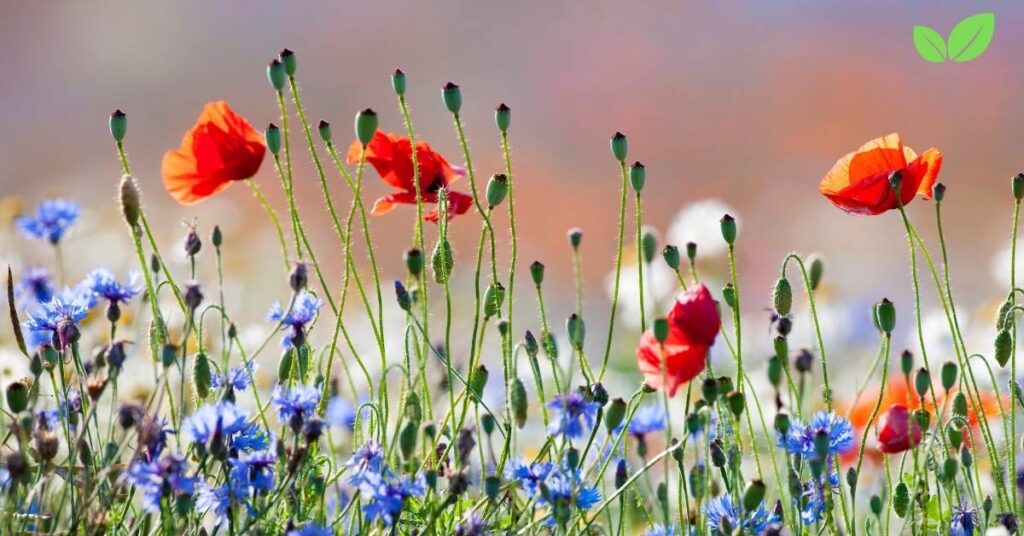
Carbon Sequestration
While wildflower fields may not be as significant as forests in terms of carbon sequestration, they still play an important role in capturing and storing carbon dioxide from the atmosphere. The plants in these fields absorb CO2 during photosynthesis, storing it in their biomass and contributing to the mitigation of climate change.
In addition to their direct role in carbon capture, these fields help promote healthy soil, which also acts as a carbon sink. The roots of wildflowers sequester carbon in the soil, where it can remain for long periods, further reducing the amount of carbon in the atmosphere. By promoting soil health and preventing erosion, wildflower fields contribute to long-term carbon storage, making them a valuable part of climate change mitigation strategies.
Water Management and Flood Control
These fields are also beneficial for water management. Their deep root systems help improve water infiltration into the soil, reducing surface runoff and mitigating the risk of flooding. In areas prone to heavy rainfall or flooding, these fields act as natural sponges, absorbing excess water and releasing it slowly into the ground. This reduces the likelihood of flash floods and helps maintain a stable water table.
Moreover, by preventing soil erosion, these fields protect nearby water bodies from sedimentation. Erosion can carry soil, along with pesticides and fertilizers, into rivers, lakes, and streams, degrading water quality and harming aquatic ecosystems. Wildflower fields help to filter this runoff, trapping sediments and nutrients before they reach waterways, thereby contributing to cleaner and healthier aquatic environments.
Air Quality Improvement
Another environmental benefit of wildflower fields is their contribution to air quality. Like all plants, wildflowers absorb carbon dioxide during photosynthesis and release oxygen, improving the air quality in the surrounding area. In urban and suburban environments, wildflower fields can act as green spaces that reduce pollutants such as dust, ozone, and particulate matter, leading to fresher and cleaner air for nearby communities.
Additionally, wildflower fields can serve as a barrier to noise pollution. The dense vegetation absorbs sound waves, reducing noise levels and creating a more peaceful environment for both humans and wildlife.
Wildflower Fields and Climate Change Adaptation
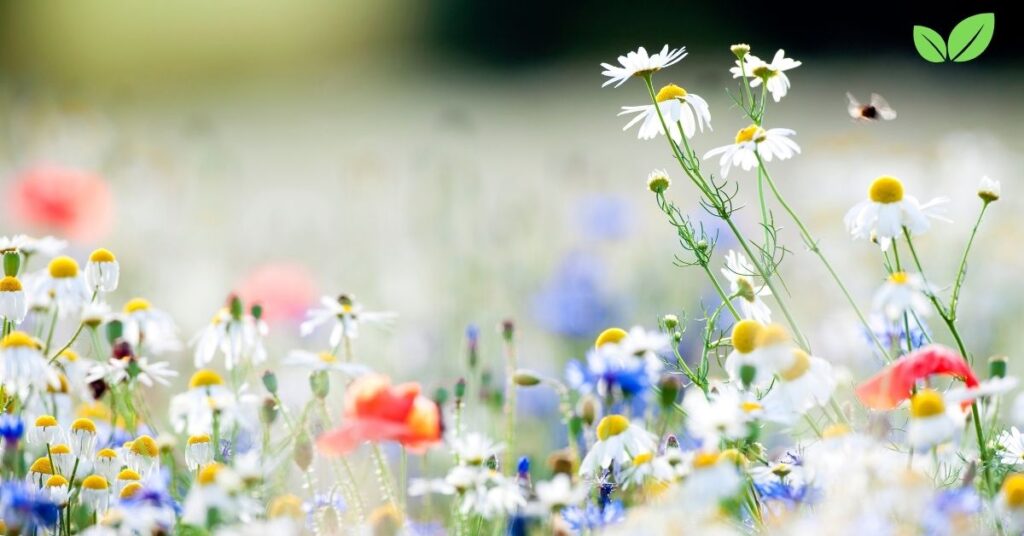
Resilience to Climate Change
Wildflower fields, particularly those composed of native species, are highly resilient to the effects of climate change. Native wildflowers have evolved to thrive in specific local conditions, making them well-adapted to fluctuations in temperature, precipitation, and soil quality. This resilience allows wildflower fields to persist in the face of changing climate patterns, making them a valuable component of climate adaptation strategies.
In regions experiencing more frequent droughts, wildflower species that are drought-tolerant can continue to flourish even as water becomes scarce. Similarly, wildflower fields in areas prone to extreme weather events, such as floods or storms, can help stabilize the soil and prevent erosion, reducing the impacts of these events on the landscape.
Promoting Ecosystem Resilience
Wildflower fields also play a crucial role in promoting ecosystem resilience. By maintaining high levels of biodiversity, these fields help ensure that ecosystems can continue to function even as environmental conditions change. Diverse plant communities are more likely to include species that can withstand new challenges, such as invasive species, diseases, or changing weather patterns.
For example, wildflower fields with a variety of pollinator-friendly plants can support a wide range of insect species, ensuring that pollination services are maintained even if some species are affected by climate change. This diversity creates a buffer against ecological collapse, helping ecosystems adapt to new conditions and continue providing essential services such as food production and water filtration.
Wildflower Fields as Cultural and Recreational Assets
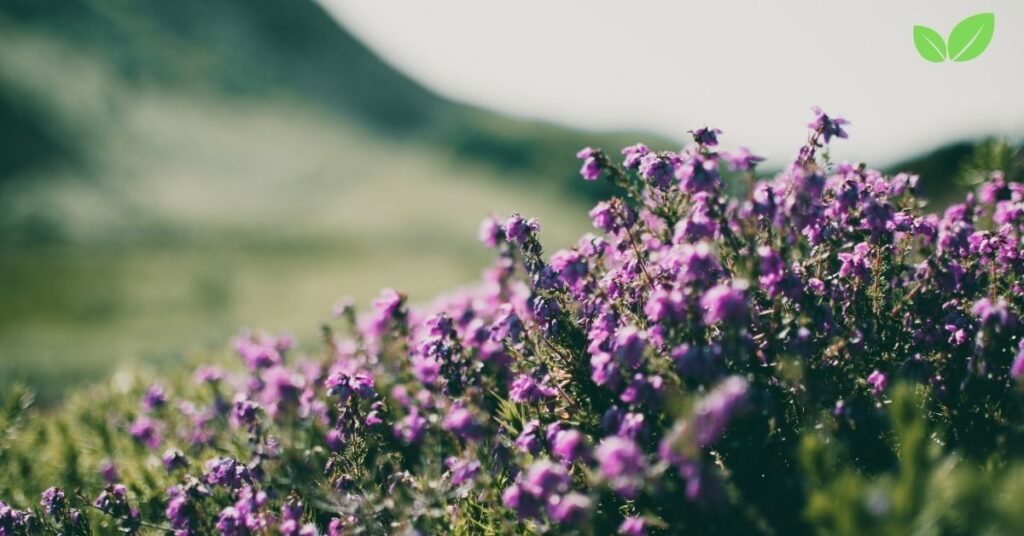
Aesthetic and Cultural Value
Beyond their ecological importance, wildflower fields hold significant aesthetic and cultural value. These fields have long been admired for their natural beauty, with their vibrant colors and diverse plant life inspiring artists, poets, and nature enthusiasts alike. Wildflower fields are often seen as symbols of natural abundance and renewal, evoking feelings of peace and serenity.
In many cultures, wildflowers are associated with traditional celebrations and folklore. For example, in the United States, wildflowers like the bluebonnet and goldenrod are celebrated as state flowers, symbolizing the unique natural heritage of different regions. In Europe, wildflowers are central to traditional festivals and rituals, reflecting the deep connection between people and the natural landscapes that sustain them.
Recreational Opportunities
Wildflower fields also provide valuable recreational opportunities for people seeking to connect with nature. Hiking, birdwatching, photography, and simply walking through a wildflower field can offer a sense of relaxation and well-being. Many national parks, nature reserves, and botanical gardens include wildflower meadows as part of their attractions, drawing visitors who want to experience the beauty of these ecosystems firsthand.
In urban areas, wildflower fields can serve as important green spaces where residents can enjoy outdoor activities, reduce stress, and improve their mental health. Studies have shown that exposure to natural environments, including wildflower fields, can lower stress levels, boost mood, and enhance overall well-being. As cities become more crowded and developed, the need for accessible natural spaces, including wildflower fields, becomes even more critical.
Environmental Challenges Facing Wildflower Fields
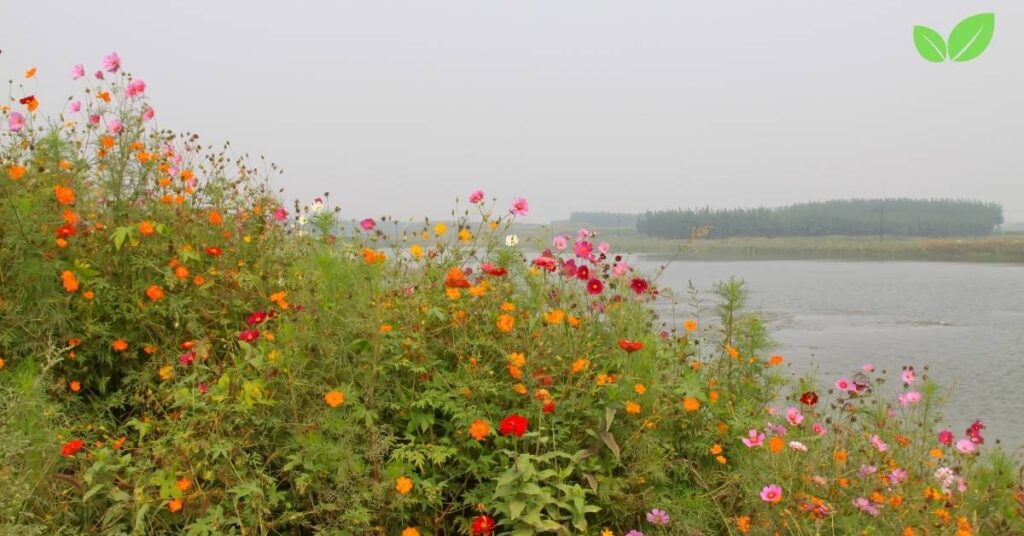
Habitat Loss and Fragmentation
One of the most significant challenges facing these fields is habitat loss and fragmentation. As human populations grow and land is increasingly converted for agriculture, industry, and urban development, the natural habitats that support these fields are being destroyed. This loss of habitat reduces the availability of suitable growing conditions for wildflowers and disrupts the ecosystems that rely on these fields.
Habitat fragmentation, in particular, poses a serious threat to wildflower fields. When large, continuous habitats are broken up into smaller, isolated patches, it becomes more difficult for wildlife to move between areas, and genetic diversity may decline. Fragmented habitats also make it harder for pollinators to find sufficient food and nesting sites, putting additional pressure on species that are already facing population declines.
Invasive Species
The introduction of invasive plant species is another major threat to wildflower fields. Invasive species, such as non-native grasses or aggressive weeds, can outcompete native wildflowers for resources like sunlight, water, and nutrients. Over time, these invasive species can dominate wildflower fields, reducing plant diversity and altering the structure of the ecosystem.
Invasive species also pose a threat to the animals that rely on wildflower fields. For example, if an invasive plant species displaces native wildflowers that are critical for pollinators, the local pollinator populations may decline due to a lack of food. Managing invasive species is a key challenge in the conservation of wildflower fields, requiring ongoing efforts to remove invasive plants and restore native vegetation.
Climate Change
While wildflower fields are relatively resilient, climate change poses new challenges for their survival. Changes in temperature and precipitation patterns can affect the timing of wildflower blooms, potentially disrupting the availability of food for pollinators and other wildlife. Extreme weather events, such as droughts, floods, and storms, can also damage wildflower fields, reducing their ability to support diverse plant and animal communities.
Additionally, climate change may alter the distribution of wildflower species. Some species may no longer be able to survive in their traditional ranges, while others may expand into new areas. These shifts can lead to changes in the composition of wildflower fields, with unknown consequences for the ecosystems they support.
Conservation Efforts to Protect Wildflower Fields
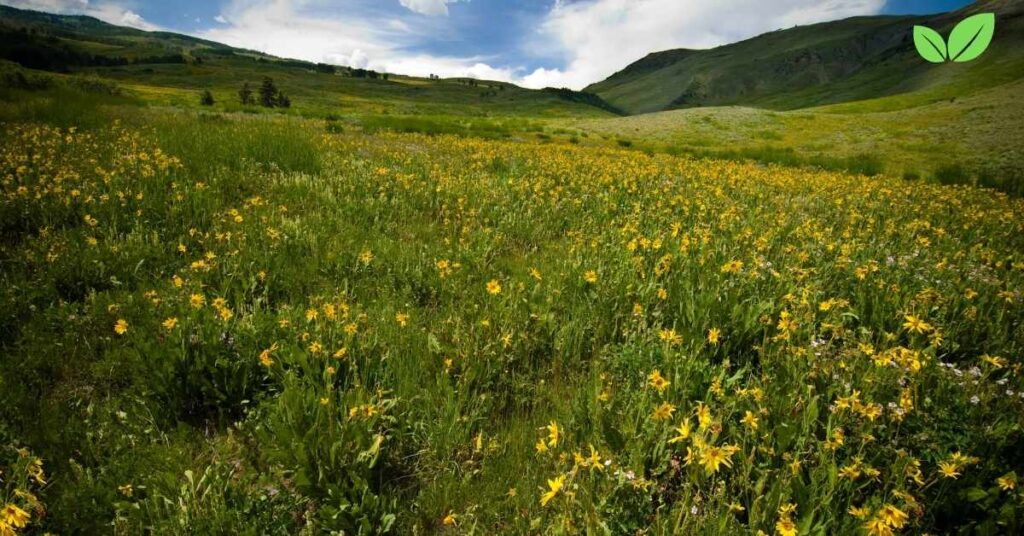
Preserving Native Wildflower Species
To protect these fields and the ecosystems they support, conservation efforts focus on preserving native wildflower species. This includes seed collection, propagation, and the creation of seed banks to ensure that native species are available for restoration projects. Seed banks play a vital role in conserving the genetic diversity of wildflowers, allowing for the reintroduction of native plants into areas where they have been lost.
In addition to seed banks, conservation organizations work to raise awareness about the importance of native wildflowers and promote their use in landscaping and agriculture. By encouraging people to plant native wildflowers in their gardens and farms, these organizations help create corridors of habitat that support wildlife and maintain biodiversity.
Restoring Degraded Landscapes
Restoring degraded landscapes is another key aspect of wildflower field conservation. Through the use of native wildflower species, conservationists can rehabilitate areas that have been damaged by agriculture, mining, or urban development. These restoration projects help to rebuild ecosystems, improve soil health, and support wildlife populations.
Many restoration projects also involve partnerships with farmers, landowners, and government agencies to ensure that wildflower fields are protected and managed sustainably. In some cases, financial incentives or grants are provided to encourage landowners to restore wildflower fields on their property, helping to expand the reach of conservation efforts.
Conclusion
Wildflower fields are more than just beautiful landscapes; they are essential components of healthy ecosystems, providing critical habitat for pollinators, improving soil health, and contributing to climate resilience. Despite the environmental challenges they face, including habitat loss, invasive species, and climate change, these fields continue to play a vital role in conservation and restoration efforts worldwide.
By understanding the environmental niche of these fields and taking action to protect and restore them, we can ensure that these vibrant ecosystems continue to support biodiversity and provide environmental benefits for generations to come. Whether in rural landscapes or urban gardens, wildflower fields remind us of the importance of preserving nature’s beauty and ecological integrity in a rapidly changing world.
Read More: Wildflower with a Royal Name: Nature’s Regal Jewel

